NBA Mock Draft 1.0 Pre-NBA Combine
NBA Mock Draft 2.0 Post NBA Combine/Post Early Entry Deadline
The NBA Draft is finally here and anything could happen between now and 7:00 PM ET on Thursday night. The Atlanta Hawks may be coming to their senses after reports indicate they are seriously targeting Luka Doncic. Michael Porter Jr. and Trae Young are wild cards that could fall anywhere inside the lottery. I expect several trades to go down especially for the Memphis and Cleveland picks. Atlanta and Philadelphia have the most picks to work with to execute moves but even teams like Toronto could be in the market. Shai Gilgeous-Alexander made a big jump into the top 10 and Jerome Robinson looks to go mid-first round. We are in for an exciting night, here are my final predictions (barring any pre-draft trades) as we head into the 2018 NBA Draft.
1. Phoenix Suns: Deandre Ayton, Arizona Wildcats, Center, Age 19
Ayton averaged 20.1 PPG and 11.6 RPG in his lone season at Arizona. A man among boys that dominated on the offensive end of the floor, the former Wildcat shouldn’t have to travel far to find his NBA destination. The athletic center immediately fills the most glaring hole on Phoenix’s roster and will continue the infusion of young talent into the Suns’ organization. He possesses the inside and outside skills of today’s dream NBA big man, and should see the paint open up with the threat of Devin Booker’s 3-point shot. Ayton is already signing Phoenix jerseys and is clearly confident that he will be the first player taken.
2. Sacramento Kings: Marvin Bagley III, Duke, Power Forward, Age 19
Bagley averaged 21 PPG and 11 RPG at Duke with athleticism that jumped off the page and a great ability to run to the rim in transition. His athleticism is complemented by a high energy level on the offensive end. He has a solid repertoire of post moves but needs serious development of his skills and instincts on the defensive side of the ball, where he looked lost at times, especially against ball screens. This pick could also help the Kings form an incredibly dangerous pick and roll combo of Bagley and point guard De’Aaron Fox. Bagley wants to be taken here by Sacramento, not something every prospect desires.
3. Atlanta Hawks: Luka Doncic, Real Madrid, Guard, Age 19
Latest reports indicate that Atlanta may have their eyes set on Luka Doncic. The crafty Slovenian is 6’8”, can handle the ball, and create his own shot. Doncic has the fundamentals down and can do anything he is asked to do as a playmaker, facilitator, or scorer. Doncic is a winner that led his Real Madrid team to the Euroleague championship and has the mindset I would want from someone my franchise would have the opportunity to take. His “lack of athleticism” is overblown and made up for by his array of skill. For as much as big men are dominating the top of the draft, the league is focused on players similar to Doncic in size and skill. Potential to be the best player in the draft.
4. Memphis Grizzlies: Jaren Jackson Jr., Michigan State, Power Forward/Center, Age 18
Jaren Jackson Jr. can stretch the floor and protect the rim. Jackson still has a long way to go as a basketball player starting with mental engagement, but it’s impossible to deny that he has one of the draft’s biggest upsides. Jackson failed to dominate the collegiate level quite like he was capable of, maybe because he was disinterested with game at times . He is viewed as somewhat of a soft player which must change if he is to pay off as a top 5 pick in the NBA. If he falls to Memphis, he is the eventual replacement for Marc Gasol, but he will also be needed immediately as the primes of Gasol and Mike Conley Jr. are rapidly winding down. Memphis could look to trade this pick, especially if Doncic is gone.
5. Dallas Mavericks: Mohamed Bamba, Texas, Center, Age 19
I think Bamba projects as a player similar to Clint Capela with more athleticism and the potential to develop some sort of catch and shoot jump shot. Bamba can be an elite shot blocker with his 7’10” wingspan and freakish mobility shown by his 3.04 ¾ court time recently recorded at a workout with the Bulls. He has a slim frame and doesn’t have the strength to bang in the post so he could be susceptible to getting bullied by opposing bigs. Strength and engagement on the court are the two areas of need for Bamba, but he has the athleticism and potential to be a top 5 pick. With Dennis Smith Jr. and Rick Carlisle, Bamba would be set up for success in Dallas.
6. Orlando Magic: Michael Porter Jr., Missouri, Small Forward, Age 19
Porter Jr. is the draft’s biggest mystery because of how little we got to see him this past season due to a back injury that limited him to just three total games. Headlines surrounding a hip injury add more question marks. If he is at full health the Magic get the wing talent they need to build around. Porter Jr. was a projected number 1 pick less than a year ago because he can score from anywhere on the court. I think the Magic should take him over Trae Young with their eyes set on the future and the fact that The NBA revolves around scoring wings. Orlando has time to let him get healthy.
7. Chicago Bulls: Wendell Carter Jr., Duke, Center, Age 19
Carter can hold his own physically on the low block at 260 pounds. He should have a long career as a capable starter thanks to a solid foundation of skill and talent. Carter could slide in nicely beside Markkanen and solve the Bulls’ need at center. Additionally, he has a high basketball IQ, which sets him apart from several kids his age. Carter is a safe pick for a franchise that finds themselves in the top half of the lottery.
8. Cleveland Cavaliers: Shai Gilgeous-Alexander, Kentucky, Point Guard, Age 19
Gilgeous-Alexander takes a big jump to the #8 spot in this mock draft because of his length at the point guard position. The Canadian stands 6’ 6” with a 7’ 0” wingspan, which would be a challenge for opposing point guards to match up with and gives Gilgeous-Alexander defensive flexibility that few can provide. He is incredibly smooth around the rim and comfortable running the pick and roll. He will have to keep improving, but the ceiling is there. This pick could easily be traded but that trade could be for a team looking to move up for the Kentucky product.
9. New York Knicks: Mikal Bridges, Villanova, Small Forward, Age 21
Bridges is an NBA ready 3 and D wing that could complete a young core alongside Tim Hardaway, Jr. and Kristaps Porzingis. Bridges knows what it takes to win games thanks to his time at Villanova and plays the game technically sound with a high level of effort. The Knicks may want to take a flashy point guard, but Bridges solves so many problems right away. I couldn’t defend the Knicks passing up on Bridges if he is available at #9. The Knicks should avoid taking a point guard with the hopes that Kyrie Irving seriously considers them as a destination in 2019.
10. Philadelphia 76ers: Kevin Knox, Kentucky, Small Forward/Power Forward, Age 18
Knox has been in for workouts with the Sixers who seem interested at taking a wing with their lottery pick. He is another versatile wing who could take time to reach his full potential but flashes the raw skills that NBA teams love. For a 6’ 9” wing, Knox brings a solid jumper, but needs improvement on his rebounding intensity. The Sixers have time to work with him to reach his ceiling.
11. Charlotte Hornets: Collin Sexton, Alabama, Point Guard, Age 19
Sexton carried his Alabama team to the NCAA Tournament and brings intensity and scoring to the offensive end of the floor. He will compete at all times while playing with a chip on his shoulder. If the Hornets want to draft a point guard, Sexton should be the selection.
12. Los Angeles Clippers: Trae Young, Oklahoma, Point Guard, Age 19
An elite shot creator and shot maker, Trae Young is an excellent passer that could step into a rebuilding roster. He is undersized and extremely ball dominant but he has the offensive skills to be an NBA point guard. Young could go anywhere in the lottery depending on who believes in him or not. Teams could trade around to select him.
13. Los Angeles Clippers: Lonnie Walker IV, Miami, Shooting Guard, Age 19
Austin Rivers is not the long term answer at shooting guard and Walker could slide in with Trae Young as more of a slashing guard. He is an explosive guard that may need time to pan out. Boom or bust.
14. Denver Nuggets: Miles Bridges, Michigan State, Small Forward, Age 20
Bridges would join a team that is looking to jump into the playoffs with a young star in Nikola Jokic. Miles Bridges has the body to hold his own in the NBA from a physical standpoint and must use that to compete. He improved his jump shot last year at Michigan State but can’t fall in love with it. His strength is attacking the rim and using his powerful athleticism to his advantage. Denver would get nice value out of this pick and not require Bridges to be a dominant ball handler.
15. Washington Wizards: Robert Williams, Texas A&M, Center, Age 20
Williams could be similar to another former Aggie in DeAndre Jordan. Williams is an above the rim athlete that could fit into the NBA as a pick and roll center. He is physically ready but his effort level must improve from college for him to be that kind of energy player.
16. Phoenix Suns: Aaron Holiday, UCLA, Point Guard, Age 21
That’s right, Holiday is headed to the NBA. The younger brother of Jrue and Justin, Aaron Holiday has the experience and scoring ability to provide instant backcourt depth on a team likely to lose Elfrid Payton. There won’t be a steep learning curve with Holiday, who could get big minutes right away at point guard.
17. Milwaukee Bucks: Troy Brown, Oregon, Shooting Guard/Small Forward, Age 18
Brown brings the versatility, size, and athleticism that the Bucks have made a culture out of in Milwaukee. He needs to work on his jump shot, but the opportunity is there to play over Tony Snell.
18. San Antonio Spurs: Zhaire Smith, Texas Tech, Shooting Guard, Age 18
Smith flew under the radar at Texas Tech, but shot up draft boards with elite athleticism and defensive potential. His in game dunks are worth watching and he has a foundation for a catch-and-shoot 3 point shot. The Spurs have the ability to develop his raw skills and make him a two-way contributor. I think this would be a great match.
19. Atlanta Hawks: Jerome Robinson, Boston College, Shooting Guard, Age 21
Jerome Robinson is a talented scorer coming off a season where he averaged 20.7 PPG at Boston College. Atlanta’s second first-round selection could improve their guard depth and provide them with a player who is used to carrying the scoring load against premier ACC talent. He should be a steady offensive player for whoever selects him.
20. Minnesota Timberwolves: Khyri Thomas, Creighton, Shooting Guard, Age 21
Thomas is a 3-and-D guard that could help the Timberwolves capitalize on the roster they have right now as they look to take another step in the right direction. He was a two-time Big East Defensive Player of the Year which makes him very appealing to Tom Thibodeau.
21. Utah Jazz: Donte DiVincenzo, Villanova, Shooting Guard, Age 21
After dropping 31 points off the bench in the Wildcats’ championship-clinching win, DiVincenzo showed out at the NBA Combine and cemented himself in the first round conversation. Utah would value his shooting, ability to defend, and basketball IQ, as well as the displayed ability to create his own shot off the dribble. He’d be a great fit in Utah.
22. Chicago Bulls: Chandler Hutchison, Boise State, Small Forward, Age 22
Chandler Hutchison has inside and outside scoring ability and would be a nice fit thanks to his versatility as a combo forward. A team around the early 20’s has reportedly promised to take him and there are indications that could be Chicago.
23. Indiana Pacers: Kevin Huerter, Maryland, Shooting Guard, Age 19
Huerter shot up draft boards after the NBA combine and elected to remain in the draft. He is an outstanding shooter with great size at 6’7”. Teams will be hoping to get a player similar to Klay Thompson with Huerter, which may be a stretch of the imagination. However, Heurter possess a solid feel for the game and knows how to move without the ball. He won’t have to be a primary ball handler or shot creator with Oladipo in town, and the combo could help the Pacers take another step. He recently underwent right hand surgery, but that shouldn’t impact his stock.
24. Portland Trail Blazers: Josh Okogie, Georgia Tech, Shooting Guard, Age 19
Okogie had a strong season at Georgia Tech, where he averaged 18.2 PPG while shooting 38% from 3. He would immediately provide depth scoring and strong defense for a Blazers team that can’t let the Lillard and McCollum era go to waste.
25. Los Angeles Lakers: Mitchell Robinson, Center, Age 20
Robinson is in a bizarre situation after he left Western Kentucky shortly after arriving on campus. He was a McDonald’s All American out of high school, and as an athletic 7-footer, he may be worth the risk for the Lakers at 25.
26. Philadelphia 76ers: Dzanan Musa, KK Cedevita, Small Forward, Age 19
Musa brings streaky shooting to Philly and intends to come to the NBA right away. He is a very young prospect that would need some time to acclimate to the American game and learn how to be primarily an off-ball player. The 76ers though, have several draft picks, and can afford to make some moves or draft some long term foreign pieces.
27. Boston Celtics: Jalen Brunson, Villanova, Point Guard, Age 21
Another Villanova guard that will be discounted by many, Brunson is still a point guard that led 2 national championship runs. He is a cerebral point guard that brings a physical style along with shotmaking ability. He can defend, distribute, and get his teammates involved. Brunson knows how to run an offense and play off the ball. The Celtics may not financially be able to keep Marcus Smart of Terry Rozier, potentially leaving Brunson as the next reserve guard for Brad Stevens.
28. Golden State Warriors: Jacob Evans, Cincinnati, Shooting Guard, Age 20
Evans is an intense defender that can match up across guards and wings. He projects as a 3-and-D player that would slide onto the Golden State bench.
29. Brooklyn Nets: Omari Spellman, Villanova, Power Forward, Age 20
Spellman was a matchup nightmare in college as a 6’9” 245 pound power forward that could shoot 3s, attack off the dribble, post up, and crash the glass. He is physical and strong enough to compete in the NBA, and he has already been in school for 2 years. He would give the Nets valuable and versatile size to end the first round.
30. Atlanta Hawks: Melvin Frazier, Tulane, Shooting Guard, Age 21
Frazier can score and defend from the wing, but needs some development. Frazier measured and competed well at the combine to jump into the late first/early second round conversation. If he plays hard and continues to improve, he can provide energy off the bench.
31. Phoenix Suns: Keita Bates-Diop, Ohio State, Small Forward, Age 22
32. Memphis Grizzlies: Grayson Allen, Duke, Shooting Guard, Age 22
33. Dallas Mavericks: Moritz Wagner, Michigan, Power Forward, Age 21
34. Atlanta Hawks: Elie Okobo, France, Point Guard, Age 20
35. Orlando Magic: Anfernee Simons, IMG Academy, Point Guard, Age 18
36. New York Knicks: De’Anthony Melton, USC, Point Guard, Age 19
37. Sacramento Kings: Bruce Brown, Miami, Shooting Guard, Age 21
38. Philadelphia 76ers: Jevon Carter, West Virginia, Point Guard, Age 22
39. Philadelphia 76ers: Rodions Kurucs, Barcelona, Small Forward, Age 20
40. Brooklyn Nets: Jarred Vanderbilt, Kentucky, Small Forward, Age 19
41. Orlando Magic: Gary Trent Jr., Duke, Small Forward, Age 19
42. Detroit Pistons: Shake Milton, SMU, Point Guard, Age 21
43. Denver Nuggets: Vince Edwards, Purdue, Power Forward, Age 22
44. Washington Wizards: Malik Newman, Kansas, Point Guard, Age 21
45. Brooklyn Nets: Rawle Alkins, Arizona, Shooting Guard, Age 20
46. Houston Rockets: Justin Jackson, Maryland, Small Forward, Age 21
47. Los Angeles Lakers: Landry Shamet, Wichita State, Shooting Guard, Age 21
48. Minnesota Timberwolves: Tony Carr, Penn State, Point Guard, Age 20
49. San Antonio Spurs: Kevin Hervey, UT-Arlington, Power Forward, Age 21
50. Indiana Pacers: Svi Mykhailiuk, Kansas, Small Forward, Age 20
51. New Orleans Pelicans: Hamidou Diallo, Kentucky, Shooting Guard, Age 19
52. Utah Jazz: Chimezie Metu, USC, Power Forward, Age 21
53. Oklahoma City Thunder: Devonte Graham, Kansas, Point Guard, 23
54. Dallas Mavericks: Ray Spalding, Louisville, Power Forward, Age 21
55. Charlotte Hornets: Devon Hall, Virginia, Shooting Guard, Age 22
56. Philadelphia 76ers: Allonzo Trier, Arizona, Point Guard, Age 22
57. Oklahoma City Thunder: Kenrich Williams, TCU. Small Forward, Age 23
58. Denver Nuggets: Billy Preston, Kansas, Center, Age 20
59. Phoenix Suns: Trevon Duval, Duke, Point Guard, Age 19
60. Philadelphia 76ers: Isaac Bonga, Germany, Small Forward, Age 19
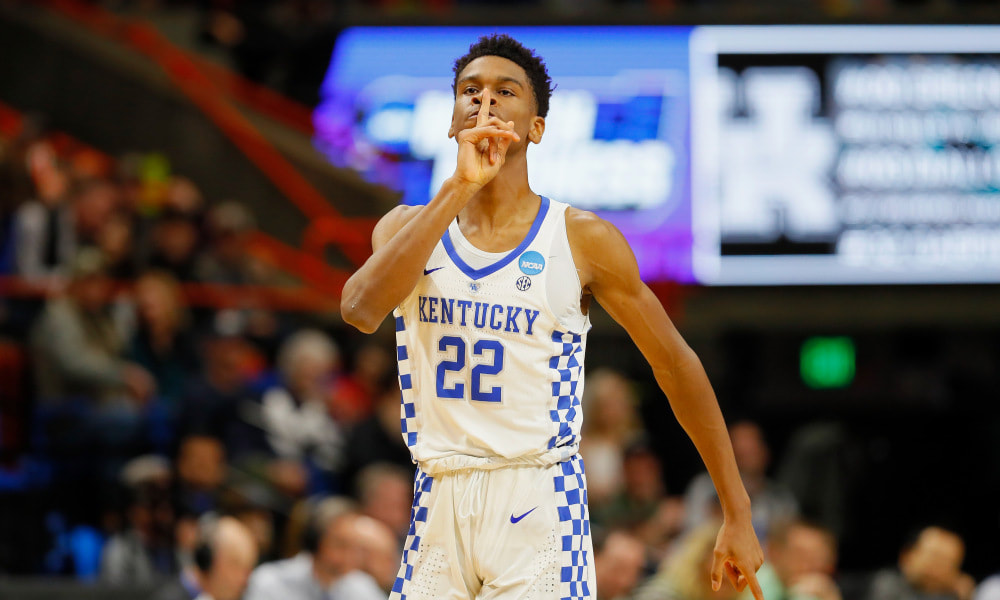
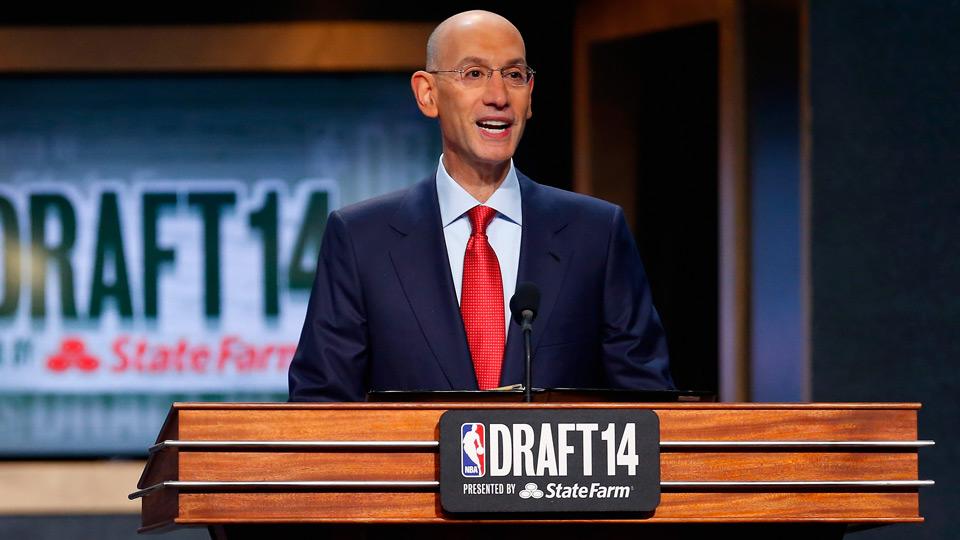
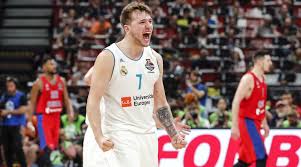
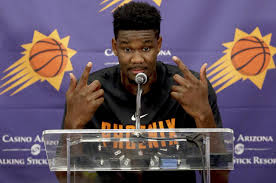
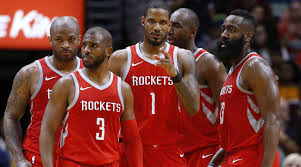
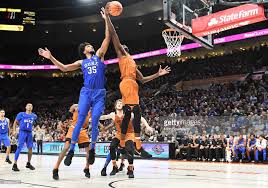
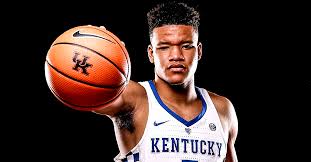
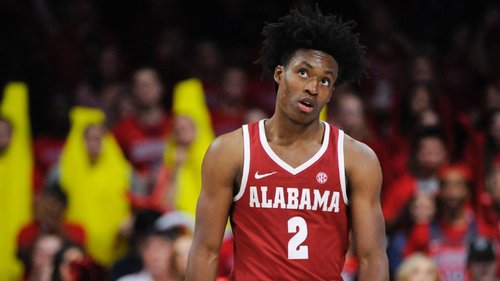
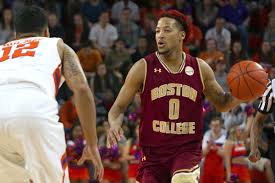
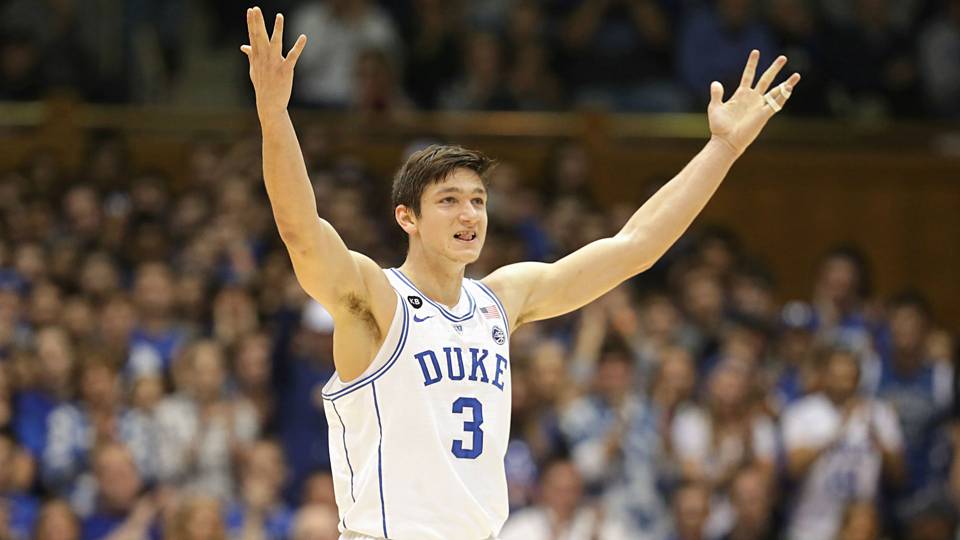
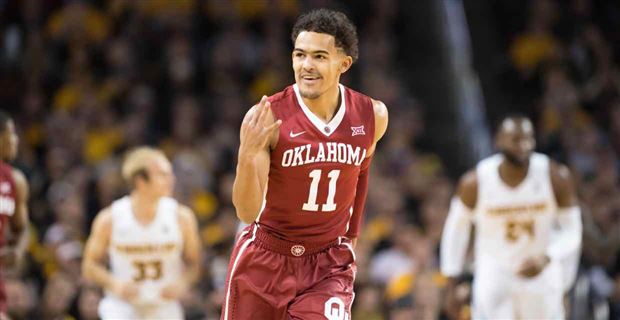
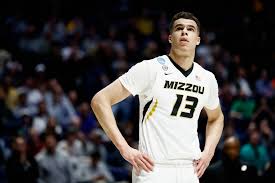
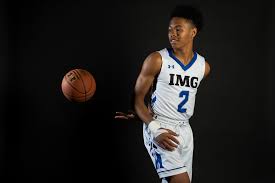
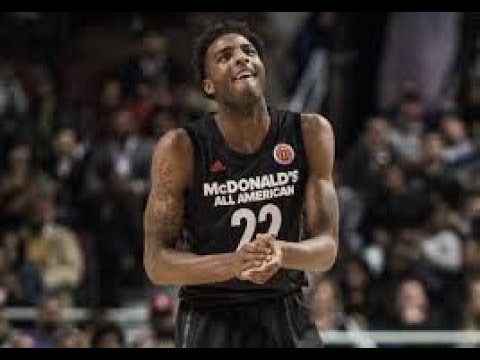
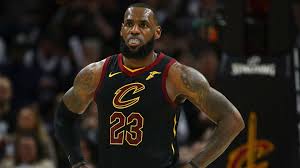
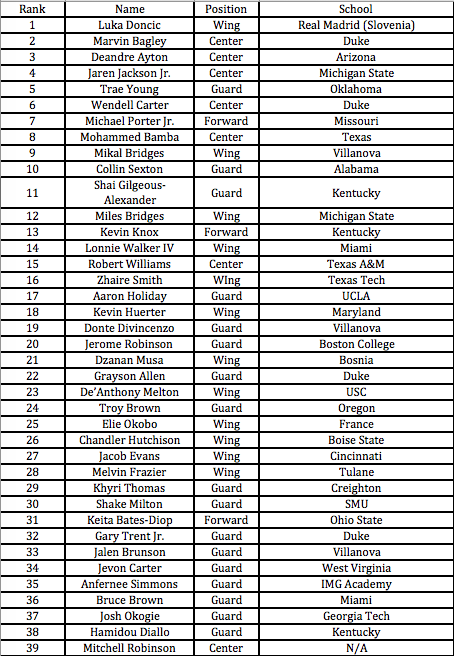
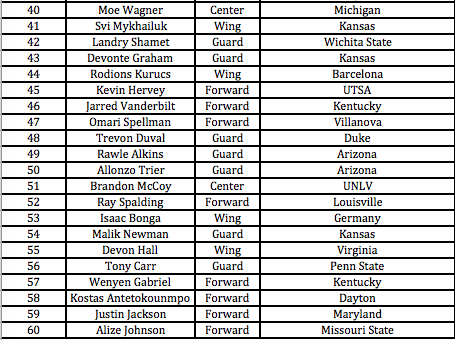
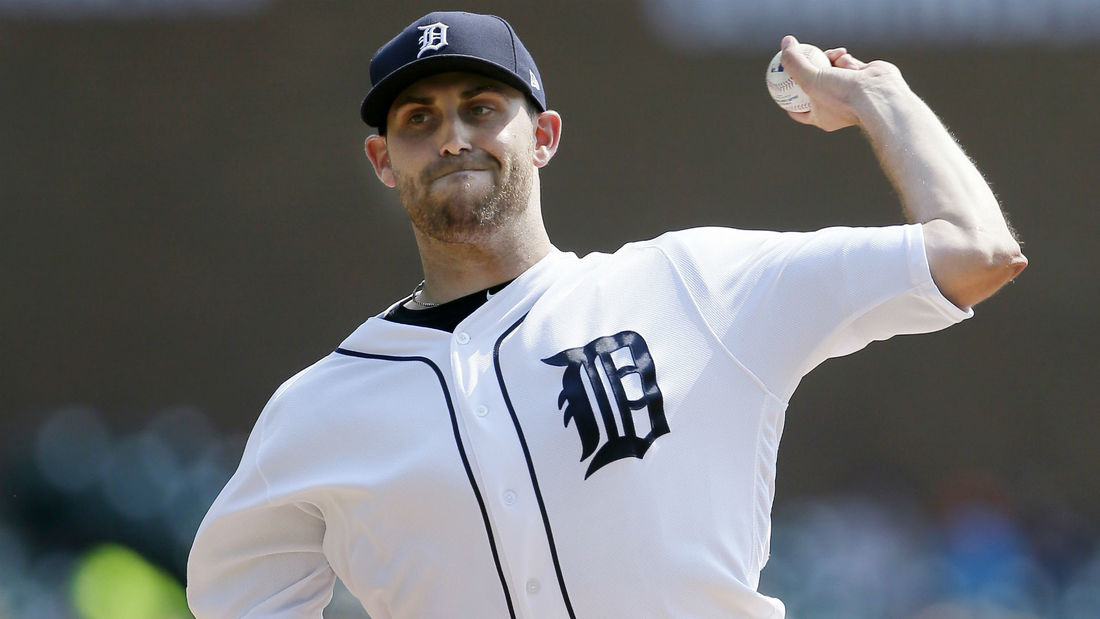
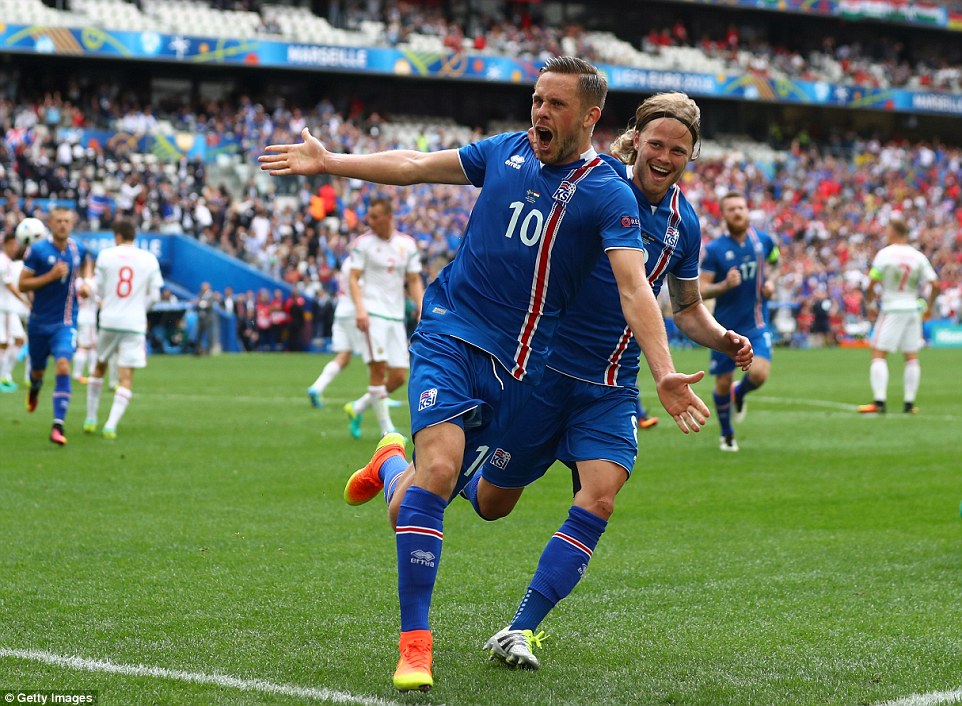
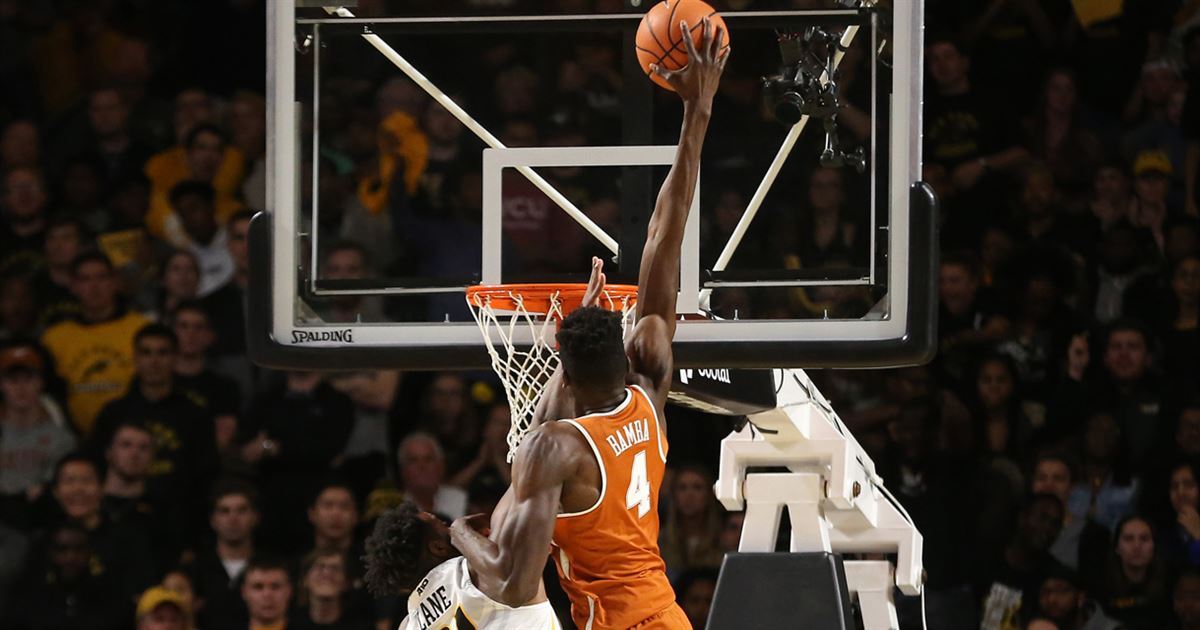
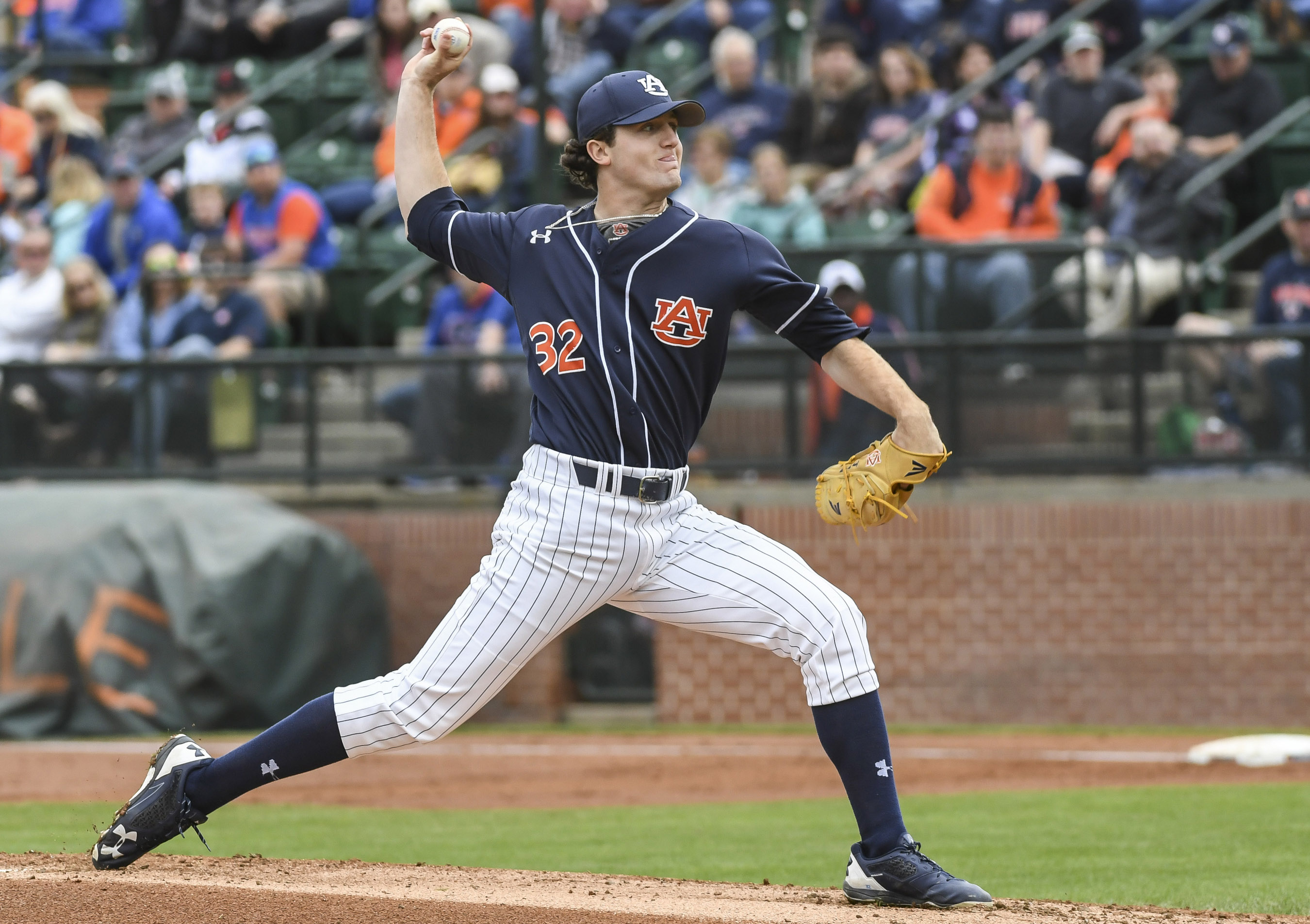
 RSS Feed
RSS Feed
